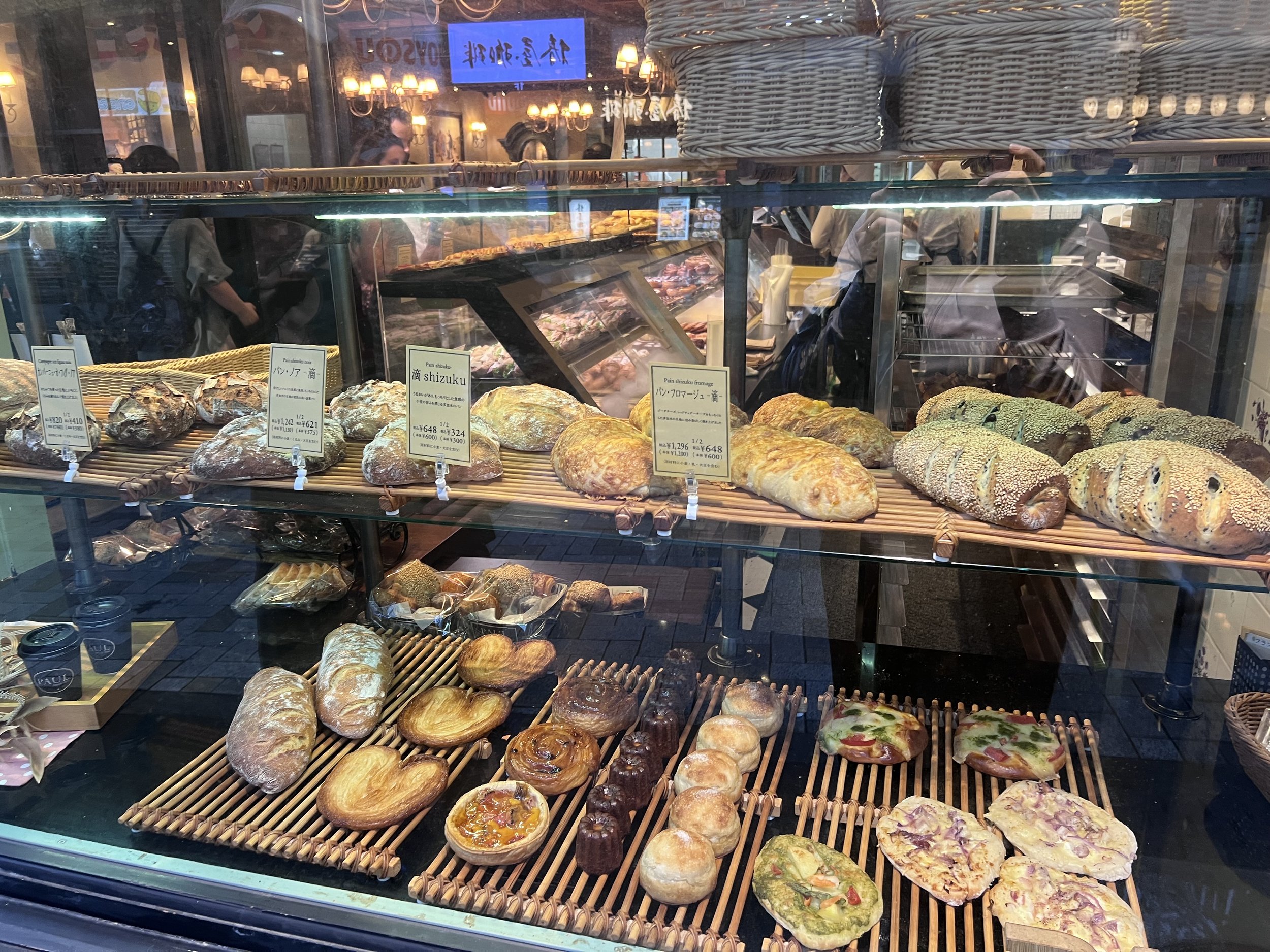Exploring Kagurazaka: Tokyo’s Historic and Trendy Neighborhood
Kagurazaka, located in Tokyo’s Shinjuku Ward, is known for its narrow, winding streets, traditional ryotei (Japanese restaurants), and historic ties to the Edo period.
**A Rich History**
Kagurazaka has a history that dates back to the Edo period (1603-1868), when it was a thriving entertainment district close to Edo Castle. The area was once home to numerous geisha houses and ryotei, where the elite of society came to enjoy traditional Japanese cuisine and entertainment. While the number of geisha in the area has decreased, some ryotei and geisha houses still operate today, preserving the neighborhood’s historical roots.
One of the most significant landmarks in Kagurazaka is Akagi Shrine, a Shinto shrine that was originally established over 700 years ago. The shrine was recently renovated by the famous architect Kengo Kuma, blending traditional and modern design elements. It’s a peaceful spot that reflects the neighborhood’s mix of old and new.
**A Culinary Destination**
Kagurazaka is also known as one of Tokyo’s top dining destinations. The area boasts a wide range of eateries, from upscale ryotei offering kaiseki (multi-course Japanese meals) to casual French bistros and cafes. The neighborhood has a strong French influence due to its proximity to the French Institute of Tokyo, which adds an international flavor to the local culinary scene.
Visitors can explore the area’s many narrow alleyways, known as *roji*, where they’ll find hidden gems like small, family-run restaurants, traditional sweet shops, and artisan boutiques. These alleyways provide a sense of intimacy and discovery, making a stroll through Kagurazaka feel like stepping back in time.
**Cultural Highlights**
In addition to its culinary delights, Kagurazaka offers several cultural experiences. The neighborhood hosts the annual Kagurazaka Matsuri in July, which features traditional dances, music, and a lively parade. The festival celebrates both the neighborhood’s history and its community spirit, drawing large crowds each year.
Another point of interest is the Akomeya building that hosts grocery (gifts), a restaurant, and local artisan goods. Really a wonderful place to shop.










